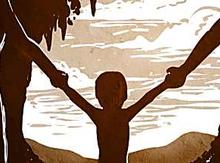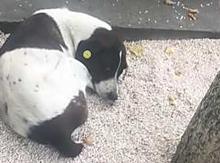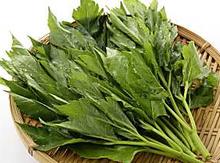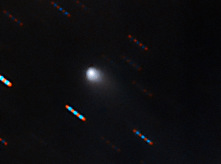This plant may have made Vikings go berserk before battle
 Henbane may look demure in nature, but it's a powerful drug. (Photo: SakSa/Shutterstock)
Henbane may look demure in nature, but it's a powerful drug. (Photo: SakSa/Shutterstock)
More than a thousand years ago, Viking armies knew a thing or two about instilling dread in those who would stand in their way.
Imagine what those pious, god-fearing men heard when a Viking force assembled outside their gate — especially with a few "berserkers" in their ranks.
Like devils on their doorstep, they gnawed at their shields, foamed at the mouth, and bayed like blood-hungry beasts. Berserkers may have even convinced themselves they weren't human.
Apparently, they were just really high.
 Berserkers were so ferocious they often had trouble distinguishing friend from foe. (Photo: Fotokvadrat/Shutterstock)
Berserkers were so ferocious they often had trouble distinguishing friend from foe. (Photo: Fotokvadrat/Shutterstock)
Scholars have long puzzled over what kind of drugs these alpha warriors took to enter the blood-frenzied state known as berserkergang. Was it the mushroom A. muscaria — known for its hallucinogenic properties? Or a kind of bog myrtle northmen used to spike their own drinks? Or maybe they were just really angry drunks?
In a recent paper published in the Journal of Ethnopharmacology, researchers say they've zeroed in on the berserker's drug of choice: henbane.
Also known as Hyoscyamus niger or more aptly, Witch's Drug, the plant has a long tradition as a painkiller and anesthetic in Europe. And depending on a person's state of mind, it can incite blinding anger.
"This anger effect can range from agitation to full-blown rage and combativeness depending on the dosage and the individual's mental set," Karsten Fatur, a professor at Slovenia's University of Ljubljana, notes in the study. "As this is perhaps the most defining component of the berserker state, this symptom is of central importance in identifying the potential causes and provides a very critical reason as to why H. niger is a more appropriate theoretical intoxicant for the berserkers than A. muscaria."
 For the ancient monks of the British Isles, a Viking raiding
party must have seemed like a pack of bloodthirsty devils. (Photo:
Nejron Photo/Shutterstock)
For the ancient monks of the British Isles, a Viking raiding
party must have seemed like a pack of bloodthirsty devils. (Photo:
Nejron Photo/Shutterstock)
Here's how German writer Gustav Schenk describes the effects of henbane after sampling it for his 1966 treatise, "Brain & Belief: An Exploration of the Human Soul."
"My teeth were clenched and a dizzy rage took possession of me … I was permeated by a peculiar sense of well-being connected with the crazy sensation that my feet were growing lighter, expanding and breaking loose from my body."
Henbane is a heck of a drug.
In fact, berserkers were also known for being so disconnected from themselves that their fellow Vikings had to give them a wide berth in battle — the rage-addled warriors couldn't distinguish friend from foe. And then there's the Viking reputation for being able to cleave an opponent with a single blow.
"He rushed through the perils of crackling fires; and at last, when he had raved through every sort of madness, he turned his sword with raging hand against the hearts of six of his champions," writes one ancient chronicler of Vikings.
In modern times, henbane is more likely to be used as a medicinal extract than a hallucinogenic, but it's difficult to get that image of an axe-wielding Viking out of your head.

How to pet a dog the right way

Why it's time to ditch baby carrots

Mr. B, the 26-pound shelter cat that made the internet smile, finds his new home

90,000-year-old girl was ancient human hybrid

The moment this street dog recognizes his long-lost owner is pure joy

Can this plant really help us live forever (or at least a lot longer)?

Here comes the first known comet from outside of our solar system

How to wake up even the groggiest brain
SPONSORED
-

Your 2019 fall foliage guide
Now you know the best time to be a 'leaf peeper' in any part of the U.S. -

Why do leaves change color in autumn?
Learn about the natural mechanisms that produce breathtaking fall foliage each year. -

Test your fall knowledge
The days are getting shorter and pumpkin spice seems to be everywhere: It must be fall. -

10 best places outside the U.S. for fall color
These places around the world that equal U.S. locales when it comes to colorful scenery. -

5 classic fall recipes
Roasted veggies and soups of all kinds are what we're talking about.
SPONSORED










 Flipboard
Flipboard
No comments:
Post a Comment